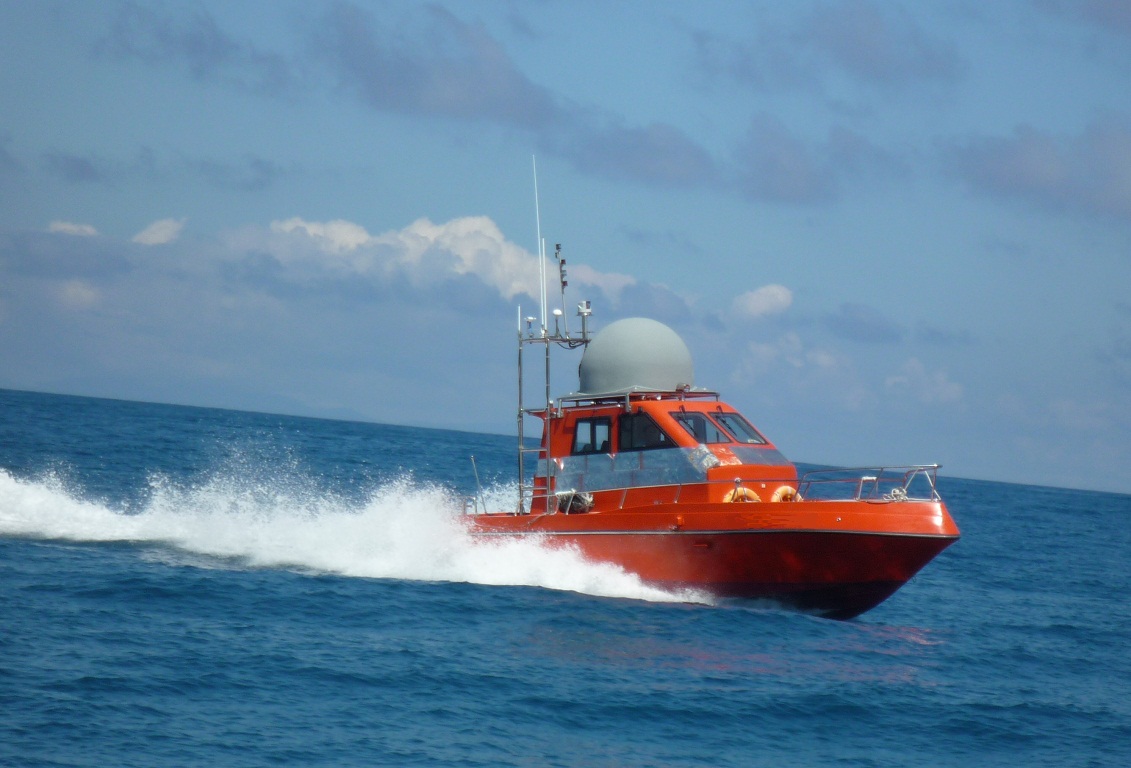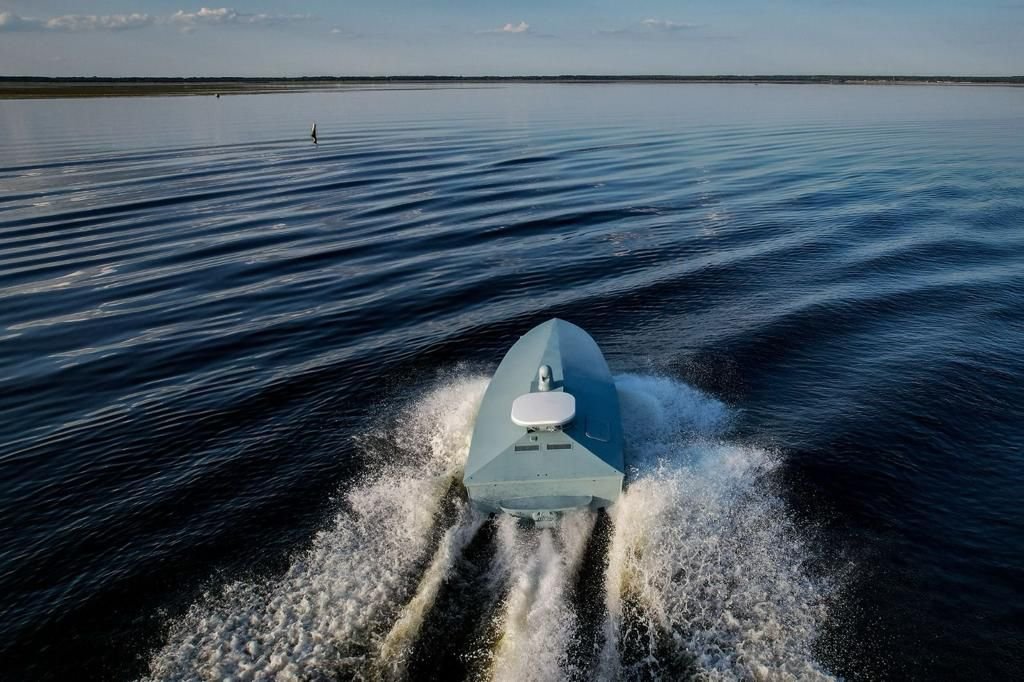The Taiwanese military is considering purchasing 200 units of an uncrewed surface vessel (USV) that can be used for multiple purposes. These range from a target drone to one armed with interchangeable modules for reconnaissance, surveillance, electronic intelligence (ELINT), and warheads for attack purposes.
Developed by the National Chung-Shan Institute of Science and Technology (NCSIST), the island’s military planners tentatively plan to begin mass production by 2026.
In November 2023, NCSIST claimed to have developed a USV with the same characteristics, and it appears that the latest reports pertain to the same platform.
Taiwan’s Overall Defense Concept (ODC) Doctrine Validated By Ukraine
Reports say the plan is heavily influenced by Ukraine’s successful use of kamikaze USVs in the Black Sea against Russian warships of its Black Sea Fleet (BSF). It is also largely in line with former Taiwanese Chief of Defense Staff Admiral Lee Hsi-ming’s Overall Defense Concept (ODF) doctrine.
This calls for acquiring thousands of low-cost expendable drones, missiles, unmanned naval systems, fast-attack craft, missile boats, and mine-layers to fight a prolonged war at a strategic level in a multi-layered campaign of attrition.
Naturally, the concept does not favor the purchase of large capital and unconventional systems like fighter jets, tanks, or artillery guns, which would be ineffective against the multifaceted threats posed by the People’s Liberation Army (PLA) Army, Navy and Air Force.
Military experts have long debated the ODC. Opinions have differed only on the proportion of such asymmetric systems to large traditional weapons and their core utility.

Nevertheless, the serial production of a modular, multi-function USV poses the first significant threat to the PLA Navy warships and amphibious landing vessels that are expected to surround the island and enforce a blockade.
While not expected to completely sink the PLAN or hand it a decisive defeat, the USV is more oriented towards disrupting and complicating Chinese naval operations long enough for help to arrive from allies like Japan or the US.
Taiwan Wants 200 of Multipurpose USVs
According to the Taipei Times, the Republic of China (RoC) military is “considering” buying “200” of the “armed sea drones” after the NCSIST commences “mass production in 2026.”
The armed target drones would have “sonar, radar and weapon modules, which would serve as multipurpose uncrewed boats that can perform coastal defense missions, strikes, and detect submarines and mines.”
The report quoted an unnamed Taiwanese defense official who described the tactical scenarios involving the USV, which broadly validates previous EurAsian Times analysis on the subject. “The armed sea drones could effectively counter or deter Chinese People’s Liberation Army Navy warships and landing craft near Taiwan,” the official said.
“(Carrying) out raids against Chinese navy ships, that the limited range of the autonomous watercraft could be improved by releasing them from larger naval vessels,” the official added. The official was quoted in the context of reflecting the larger techno-tactical thinking in the RoC military.
USVs Features
The USV, which “resembles a speed boat,” is described by the NCSIST as a “target ship system.” It primarily has electronic warfare (EW), electronic intelligence (ELINT), surveillance, reconnaissance, network-centric communication, and targeting data relay technologies. These can be used to simulate targets of radar, sonar, and electronic signatures for Taiwanese military crews to train on.
The target craft system is an “unmanned maritime vehicle” that also appears to possess semi-autonomous capabilities. It has “functions” like “remote control, preplanned routes, and real-time video transmission,” with devices like “radio frequency simulators, radio frequency interference simulation systems, heaters, flame launchers, and radar signal reflectors.”
“The system can simulate radio frequency signals, interference signals, thermal radiation signals, and scan cross-sectional areas of maritime targets. Multiple sets of target craft systems and project training courses would be combined in the military training to simulate various scenarios and effectively measure the weapon performance,” the institute said.
It can also perform combat and combat support roles. “The integral radar, weapons, sonar, and other modules in the target craft system can also be expanded to perform near-shore defense, attack, mine detection, submarine detection, and other tasks,” the NCSIST website said.

Taiwan’s Drone Blitz
Under outgoing President Tsai Ing-wen, Taiwan launched a massive state-funded drone development program this July to indigenously develop a diverse range of attack, kamikaze, and ISR UAVs. Reuters reported that this “drone blitz” of enlisting Taiwanese defense and drone companies was “inspired” by Ukraine.
According to a government planning document reviewed by Reuters, the aim is to build more than 3,200 military drones by mid-2024. “These will include mini-drones that weigh less than two kilograms and larger surveillance craft with a range of 150 kilometers.” Another is to avoid relying on the so-called “red supply chain” – components sourced from China.
Before that, on March 14, the NCSIST unveiled five different types of drones. This included the Albatross II UAV, which uses artificial intelligence to conduct extended surveillance and track naval ships over the sea.
- The author can be reached at satamp@gmail.com
- Follow EurAsian Times on Google News




